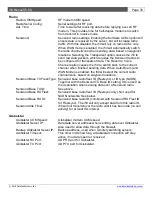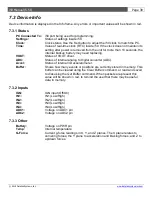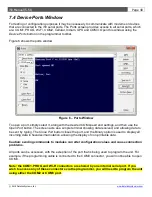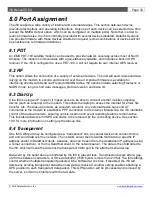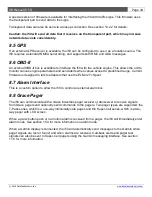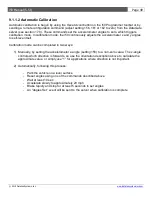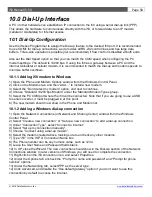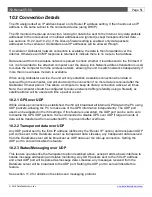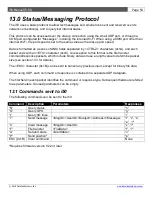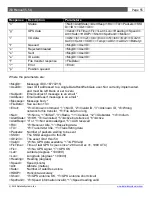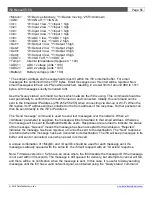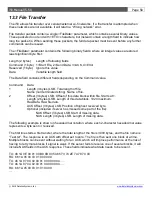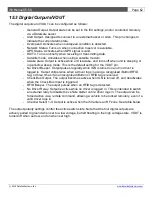
i50 Manual (5.51)
Page 47
© 2018 Datalink Systems, Inc.
www.datalinksystemsinc.com
9.0 Accelerometer
An optional internal accelerometer is available on the i50. This enables the i50 to detect motion and
monitor driving style. Events can be sent when high acceleration/braking/cornering forces occur or a
high angle of tilt is detected. The events will contain the peak acceleration detected, and the period of
time the threshold was exceeded. See section 7.2.2 for more information on setting these thresholds.
Using the accelerometer to detect motion allows two special features, which can be enabled in the
i50 settings:
-
“Wake on motion” (set under the Sleep Pin settings). The i50 will wake up when the i50
moves, and stay awake until motion stops. This allows theft detection, which would
normally go unnoticed if the unit was asleep.
-
“Use Accelerometer to detect motion”. When enabled, the i50 will base its start/stop
state on the accelerometer output, rather than using GPS signal. This will create more
reliable start/stop reports, as it will work in areas with poor or non-existent GPS signals.
The “Motion Threshold” setting controls the sensitivity of the sensor when detecting motion.
9.1 Calibration
By default the i50 accelerometer is not calibrated. In this state the i50 will use the accelerometer to
detect motion, but will not send events based on high g-forces or tilt angles. To return to the not
calibrated state, set the “Accelerometer Z Angle” value to “uncalibrated” using the i50 Programmer.
The accelerometer must be calibrated before using it to detect high g-forces or tilt angles. To begin,
ensure that the i50 is installed securely in the vehicle. The angle of installation is not important, but
any change of angle or movement of the box during operation will cause inaccurate readings.
Calibration can be done manually if the installation angles are known, or automatically otherwise.

